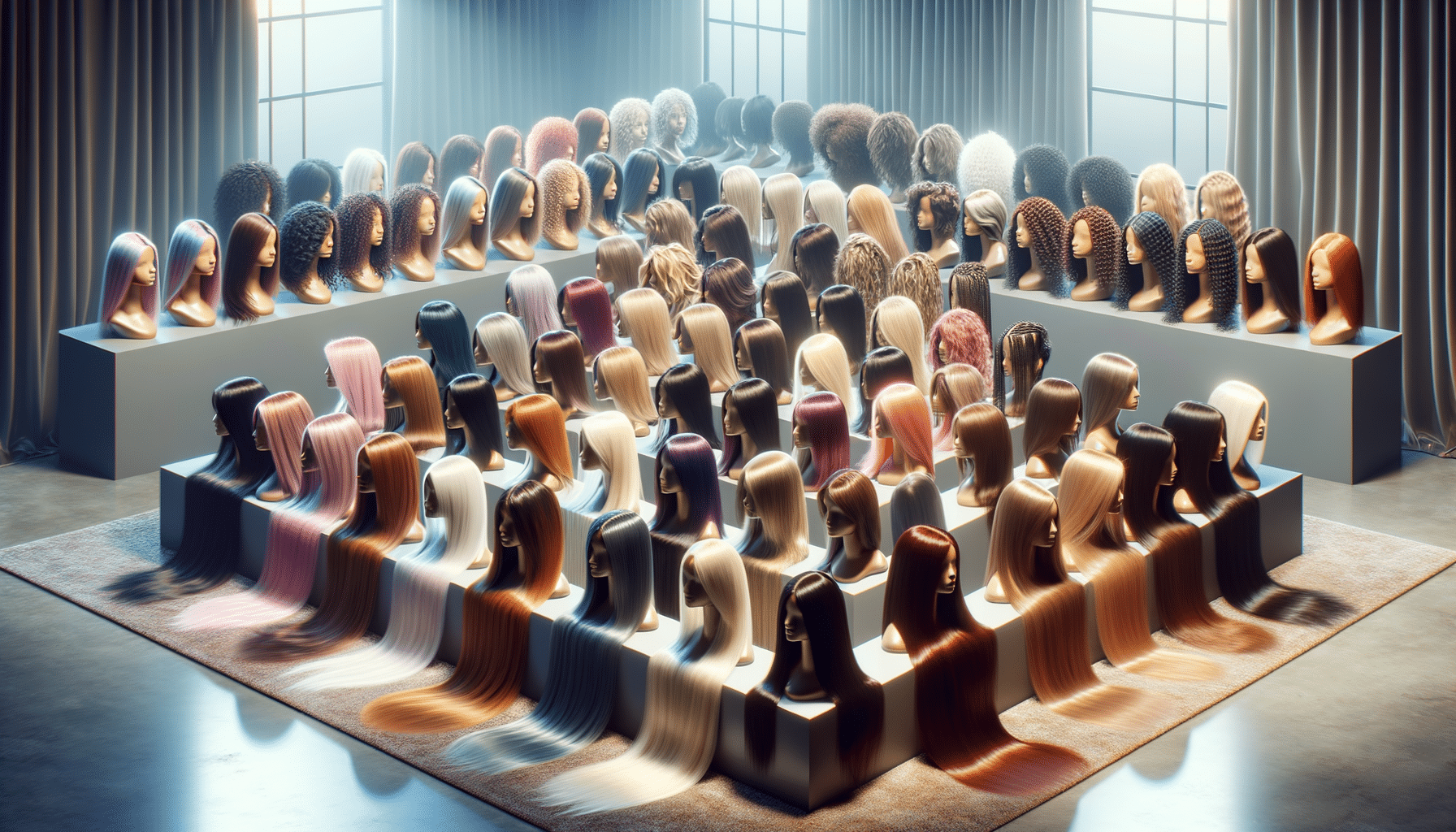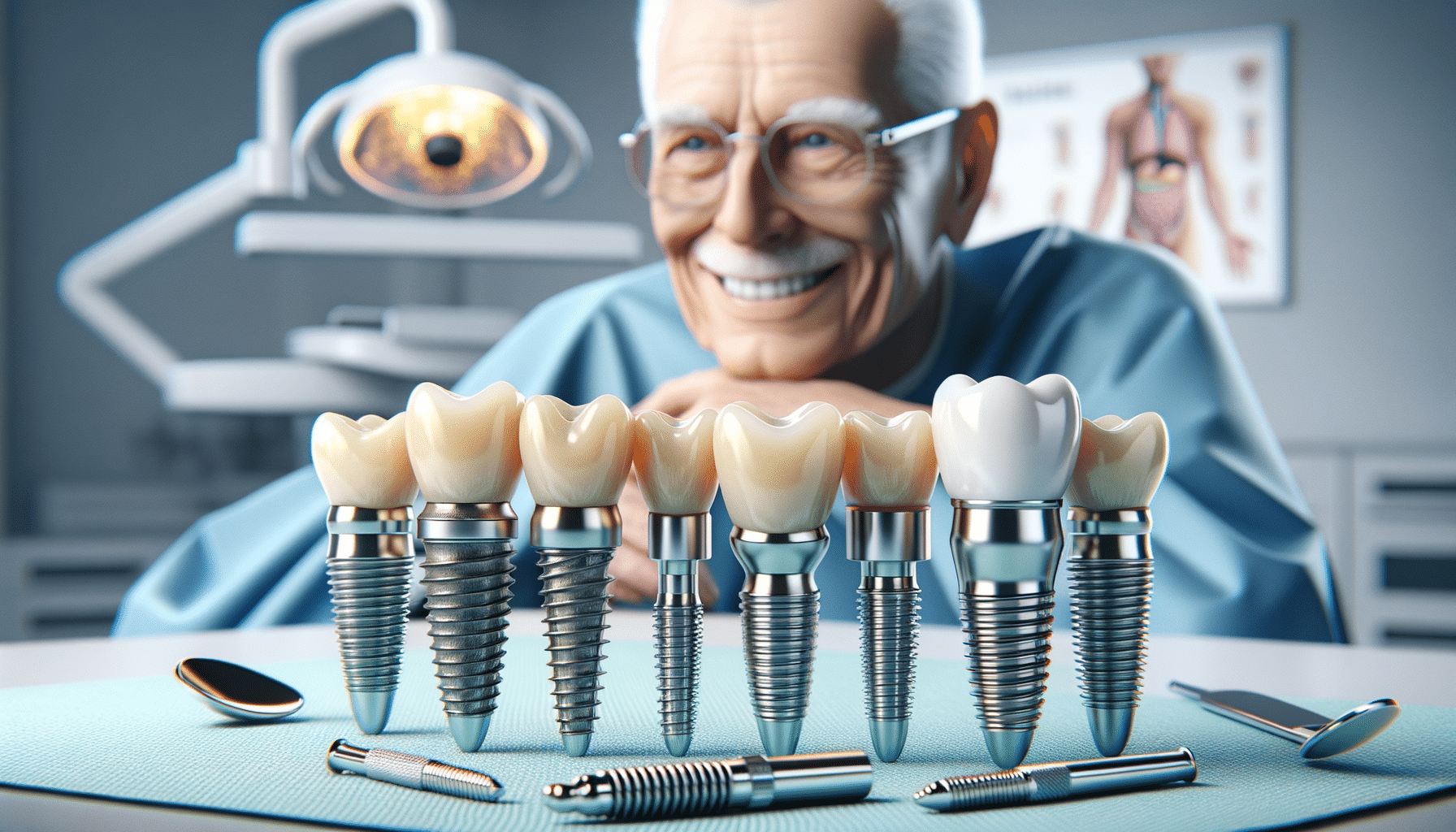
Exploring the World of Hair Wigs: A Comprehensive Guide
Introduction to Hair Wigs
Hair wigs have become an essential accessory for many, offering a versatile solution for those looking to change their appearance or address hair loss issues. The importance of wigs spans across various cultures and eras, serving not only as a fashion statement but also as a tool for self-expression and confidence. With advancements in technology and materials, wigs today offer a natural look and feel, catering to diverse needs and preferences.
Types of Hair Wigs
When it comes to hair wigs, the variety available can be overwhelming. Primarily, wigs are categorized into synthetic and human hair wigs. Synthetic wigs are crafted from man-made fibers and are known for their affordability and low maintenance. They come pre-styled and retain their shape even after washing. On the other hand, human hair wigs are made from real human hair, offering a more natural appearance and the flexibility to style as desired. These wigs require more care but are preferred by those seeking authenticity.
Additionally, wigs can be full, partial, or lace front. Full wigs cover the entire head, while partial wigs are designed to blend with existing hair, adding volume or length. Lace front wigs have a lace mesh at the front that mimics a natural hairline, making them a popular choice for a seamless look.
Benefits of Wearing Wigs
The benefits of wearing wigs extend beyond aesthetics. For individuals experiencing hair thinning or loss due to medical conditions, wigs offer a sense of normalcy and confidence. They also provide a convenient way to experiment with different hairstyles without committing to a permanent change. Moreover, wigs protect natural hair from daily styling damage and environmental factors, promoting healthier growth.
Wigs are also a time-saving solution for those with busy lifestyles, allowing for quick and effortless styling. Whether for a special occasion or everyday wear, wigs offer versatility and adaptability, making them a valuable addition to any wardrobe.
Choosing the Right Wig
Selecting the right wig involves considering several factors, including lifestyle, budget, and personal preference. It’s essential to determine the purpose of the wig, whether for daily use, special occasions, or medical reasons. Budget plays a significant role, as synthetic wigs are generally more affordable than human hair wigs.
When choosing a wig, consider the cap construction, which affects comfort and breathability. Monofilament caps, for example, offer a natural scalp appearance and are suitable for sensitive scalps. It’s also crucial to select a color and style that complements your features, enhancing your overall look.
Maintaining Your Wig
Proper maintenance is key to extending the lifespan of a wig. For synthetic wigs, gentle washing with specialized products is recommended, avoiding heat styling tools. Human hair wigs require more care, including regular washing, conditioning, and styling with heat tools if desired.
Storing wigs on a wig stand helps maintain their shape and prevents tangling. It’s also important to keep wigs away from direct sunlight and heat sources. With the right care, wigs can remain in excellent condition, providing long-lasting wear and enjoyment.


